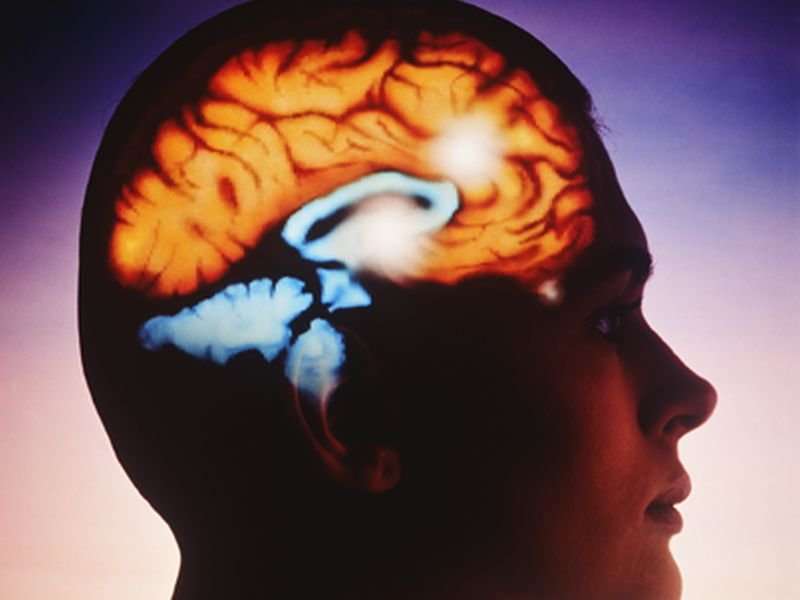(HealthDay)—For critically ill patients, a model comprising six variables can identify the probability of seizure, according to a study published online Oct. 9 in JAMA Neurology.
Aaron F. Struck, M.D., from the University of Wisconsin in Madison, and colleagues conducted a prospective multicenter study using seizure risk factors from continuous electroencephalography (EEG) and clinical history to create a scoring system associated with the probability of seizures in patients with acute illness. Data were included for 5,427 continuous EEGs for clinical indications performed on 4,772 participants.
The researchers found that the final model (2HELPS2B) had an area under the curve of 0.819 and average calibration error of 2.7 percent. Six variables were included in the model: brief (ictal) rhythmic discharges; presence of lateralized periodic discharges, lateralized rhythmic delta activity, or bilateral independent periodic discharges; prior seizure; sporadic epileptiform discharges; frequency above 2 Hz for any periodic or rhythmic pattern; and presence of "plus" features (superimposed, rhythmic, sharp, or fast activity). For a score of 0, 1, 2, 3, 4, 5, and 6 or 7 the probable seizure risk was 5, 12, 27, 50, 73, 88, and >95 percent, respectively.
"The 2HELPS2B model is a quick accurate tool to aid clinical judgment of the risk of seizures in critically ill patients," the authors write.
Several authors disclosed financial ties to the pharmaceutical, medical device, and publication industries.
More information: Abstract/Full Text
Journal information: Archives of Neurology
Copyright © 2017 HealthDay. All rights reserved.




















